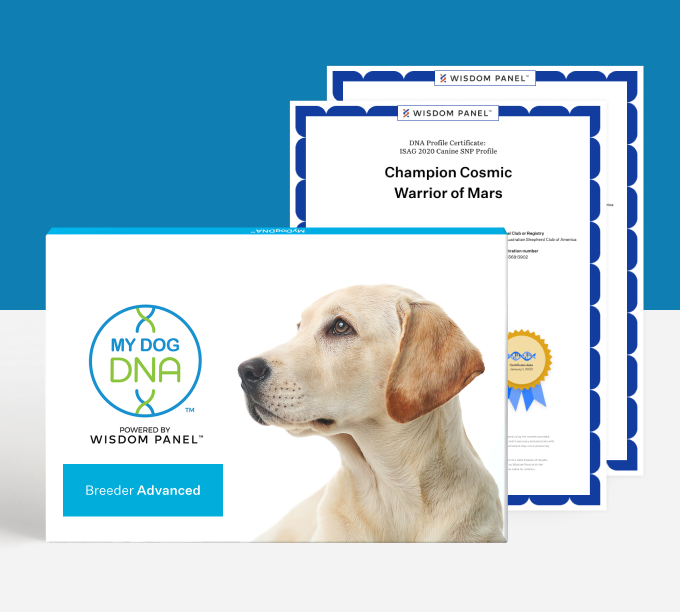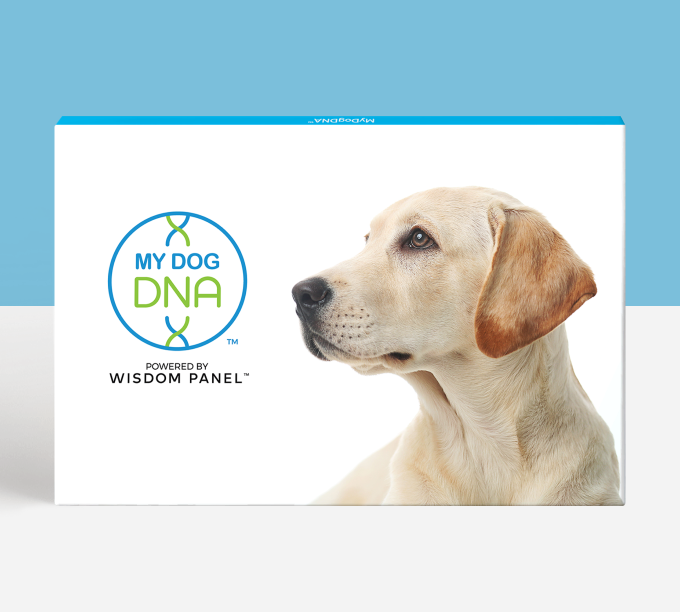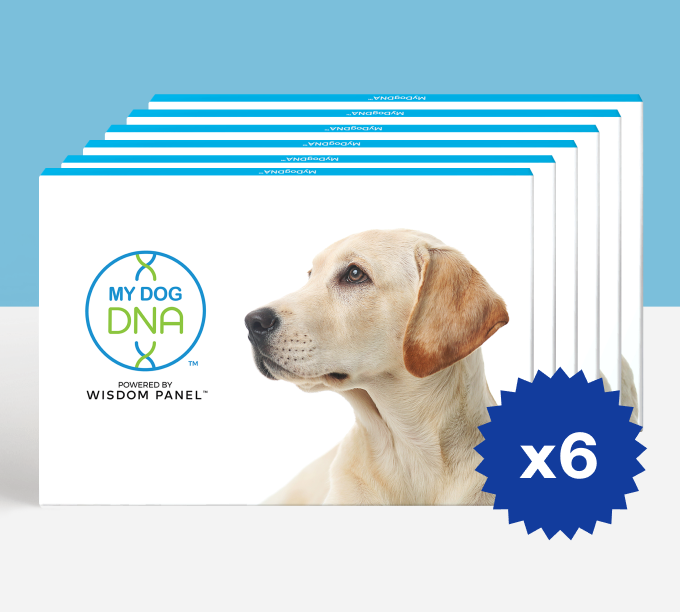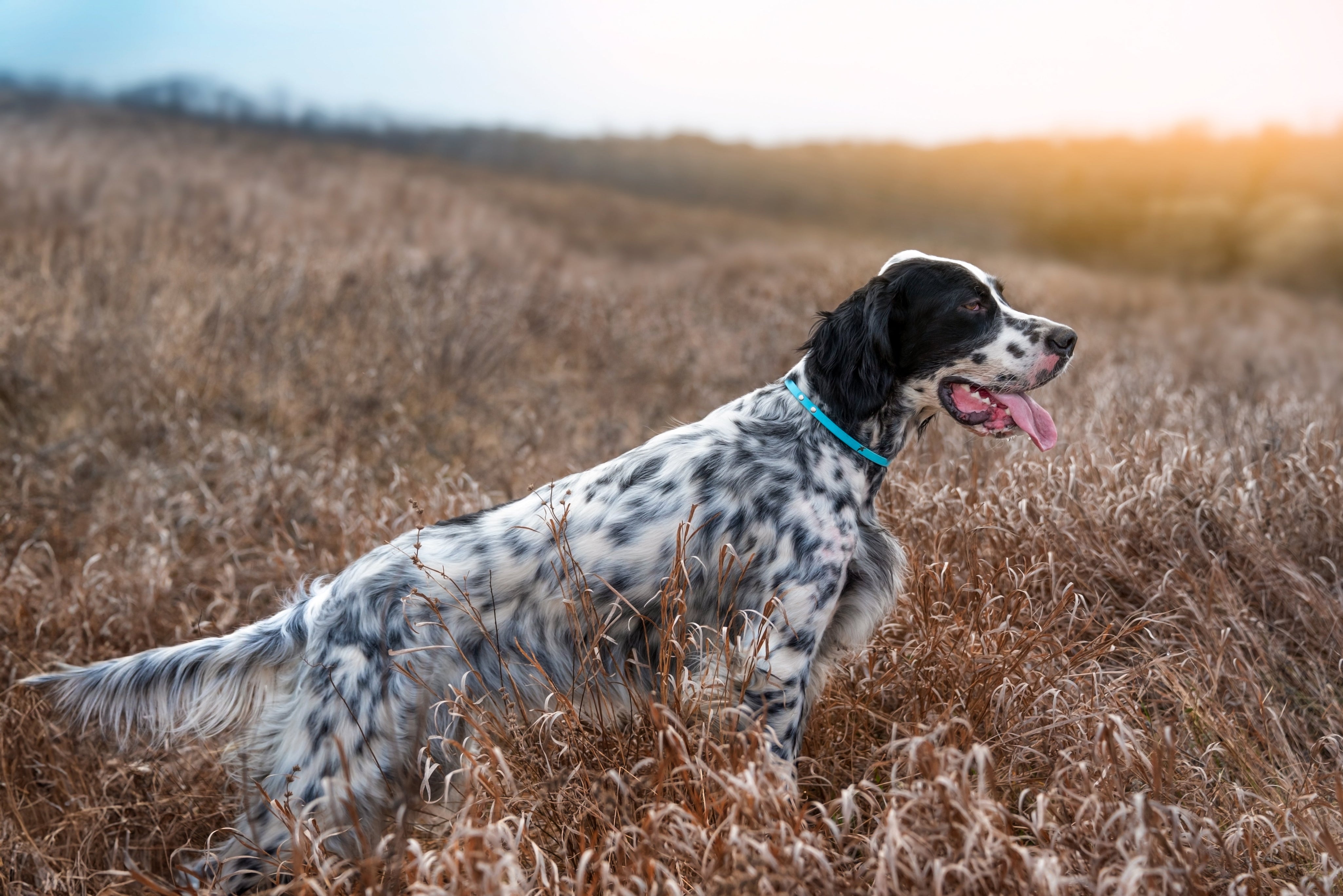Whether you’re breeding for show or working lines, understanding the qualities that distinguish these two categories of dogs is essential to achieve the goals of your breeding programme. Each type has its own unique traits and objectives, and whilst some overlap exists, differing objectives and often very different breeding lines have created significant distinction between “bench” and “station” lines, even within breeds. This article explores the key differences between working and show dogs and offers insights into what makes an exceptional show or working dog.
Understanding Working Dogs
Definitions
Working dogs are bred with purpose and functionality in mind, and are sometimes also called “field-bred” or “station” lines, depending on breed. Their roles vary, from herding livestock and guarding, to assisting disabled people and performing search and rescue (S&R) tasks. Working dogs are bred with emphasis on the function they perform, with conformation and aesthetics as secondary considerations. Military working dogs (MWDs) are a particular niche for working dogs, serving specifically with police and local or national security. Working dogs are often selected for stamina, intelligence, agility, and a dedicated work ethic or drive. Common working breeds include Border Collies, Springer and Cocker spaniels, German Shepherd dogs, Labrador Retrievers, and Belgian Malinois.

Physical and Temperamental Characteristics
Most working dogs have a strong prey drive, high energy levels, and a focused temperament. They are chosen for their robustness, endurance, and task-oriented intelligence. With the exception of dogs bred for independent work such as livestock guardian dogs (LGDs), all working dogs need to be highly trainable, with a natural inclination to follow commands and work closely with humans. Because of their high energy, they thrive in environments where they can engage in regular exercise, be mentally stimulated, and be given purposeful activity.
Working dogs tend to have less profuse and easier to maintain coats than their show counterparts. They tend to have longer, leaner bodies, sometimes with chests that do not fall below the elbow. Length of limb from elbow or stifle to the ground also tends to be elongated, especially for dogs bred to cover ground quickly. All structure that results in showy or beautiful, but less efficient gait, tend to be absent, for example, elongated pasterns or shortened backs.

Challenges for Breeders of Working Dogs
Breeding for working lines requires close attention to specific physical and temperamental traits. For instance, if you’re breeding Border Collies for herding, it is essential to assess qualities like instinctive herding ability, drive, and responsiveness. Working dogs may not always suit the typical pet home, so breeders of working lines often prioritise placing puppies in homes that can meet the breed’s needs and provide an active, engaging lifestyle.

Understanding Show Dogs
Definitions
Show dogs are bred to meet the physical and temperamental standards set by breed clubs or registries, and are sometimes also called “bench” lines, depending on breed. The goal of show breeding is to produce dogs that best exemplify the characteristics of their breed, as defined by a breed standard and determined by an approved breed judge. Judging criteria usually include physical traits, movement, overall appearance, and an appropriate temperament for the breed.
Physical and Temperamental Characteristics
An exceptional show dog combines striking physical appearance with a beautiful gait and trainable temperament. These dogs must exhibit confidence and composure, whether in an active show environment or a calm ring setting. Show dogs must also be comfortable being handled by others and in unfamiliar surroundings, as judges will examine their structure, movement, and demeanour closely.

Breeding for Conformation
Show breeding involves a focus on structure, gait, and breed type. A Labrador Retriever with a dense coat, balanced frame, and square muzzle, for instance, exemplifies the breed standard and stands out in the ring. Successful show breeders pay close attention to lineage and health, selecting for traits that improve the breed’s conformation and build a solid genetic foundation.
Key Differences Between Working and Show Dogs

What Makes a Good Show Dog?
Breeding a dog with show potential involves more than simply choosing a beautiful or well-built dog. Here are the core qualities that contribute to an exceptional show dog:
1. Conformation to Breed Standards
An outstanding show dog adheres closely to official breed standards, encompassing physical structure, movement, and breed-specific expressions. Even subtle details, like eye shape, ear set, or tail carriage, are important. Genetic testing for specific traits can be a useful tool, helping breeders ensure that each new generation embodies these features. For example, the RSPO2 gene test identifies the presence of facial furnishings—such as the iconic “beard” and eyebrows in breeds like Schnauzers. This test can also benefit other breeds, like Russell Terriers, where furnishings contribute to broken- and rough-coated breed coat types.
2. Sound Structure and Movement
The structure of a show dog should reflect balance and symmetry, with smooth, fluid movement that demonstrates solid bone structure and alignment. Judges look for movement that suits the breed’s original purpose—like the effortless, ground-covering stride of a well-built Greyhound. Health screenings for joint and musculoskeletal conditions support sound structure and movement, while tests for eye health ensure spatial awareness, giving the dog confidence to move naturally and gracefully.
3. A Confident, Trainable Temperament
Show dogs need to be comfortable around people and manage high-energy environments with ease. They should be steady, confident, and adaptable, ideal for the high-energy and sometimes unpredictable show setting. Breeding for temperament starts with selecting dogs that demonstrate desirable traits, like confidence, friendliness, and adaptability. Evaluating lineage for temperament patterns can help breeders select pairs likely to pass down these qualities, and early socialisation and exposure to diverse situations can reinforce these traits in puppies.

4. Grooming and Coat Quality
Coat condition is critical for show dogs, with grooming tailored to each breed’s standard. For double-coated breeds, like Collies or Akitas, grooming and coat care are significant. Breeders may select for traits that support easy grooming and a naturally healthy coat, such as choosing genetics for specific coat textures or a balanced undercoat density, which helps ensure a full yet manageable coat.
5. Genetics and Lineage
Genetics are central in show breeding. Many breeders carefully study pedigrees to understand the genetic history, health, and show performance of their dogs. Genetic testing is widely used among responsible breeders to screen for health concerns, supporting a strong physical foundation and well-being.
Balancing Beauty and Purpose: Dual-Purpose Breeding
Some breeds, especially gundogs, offer the possibility of dual-purpose breeding, excelling in both working ability and show quality. Dual champions are rare within the Kennel Club (UK), but in the US, the Brittany garners many dual-champions in the American Kennel Club. Many working line breeders hope to bridge the gap between the two types that exist within some breeds, making way for more "DCs." However, dual-purpose breeding requires careful attention to balance of conformation with the practical traits needed for working ability.
Conclusions
Whether you’re breeding for show or working traits, understanding the specific goals and ideal characteristics of each type is crucial. Working dogs excel at tasks that demand stamina and drive, while show dogs exemplify beauty, structure, and temperament according to established breed standards. For breeders, recognizing this differentiation is key to maintaining the integrity of each breed and meeting the expectations of both working and show environments. With an informed approach, you can shape dogs that excel in both form and function, supporting the breed’s legacy and ensuring their success in their chosen arenas.








